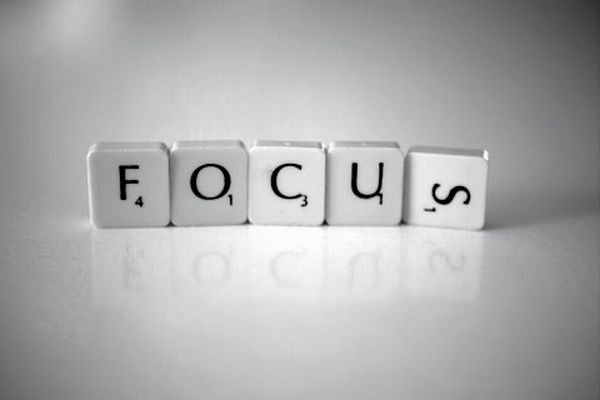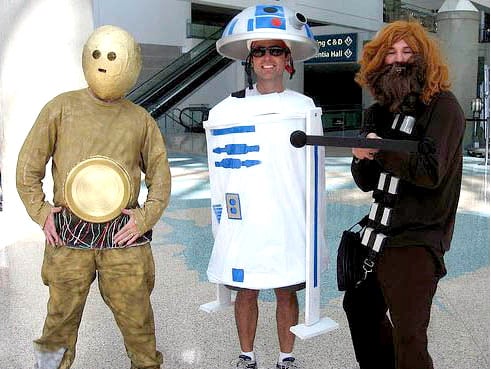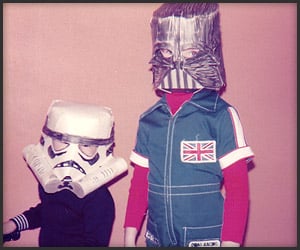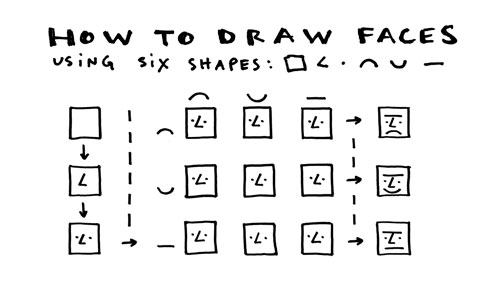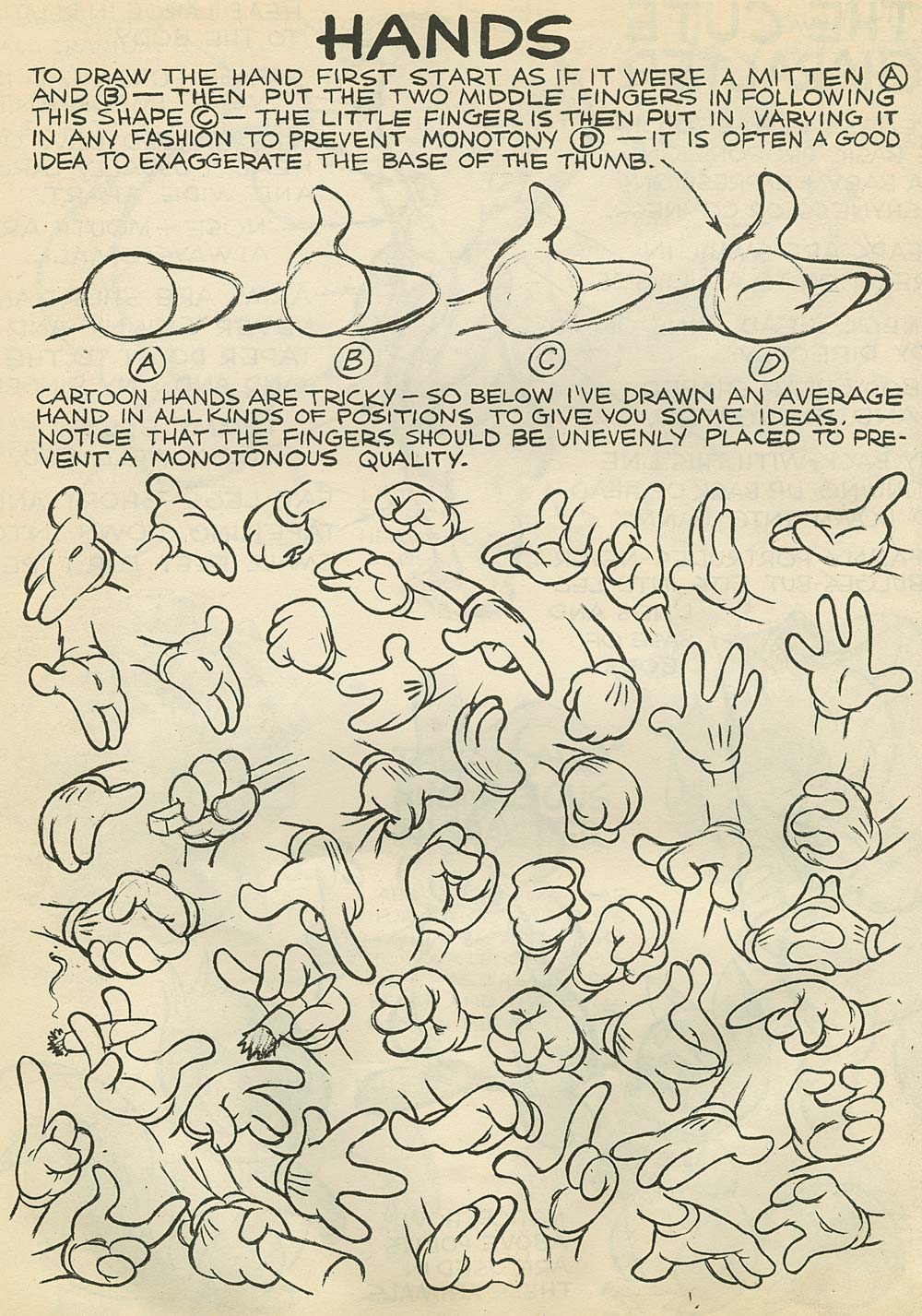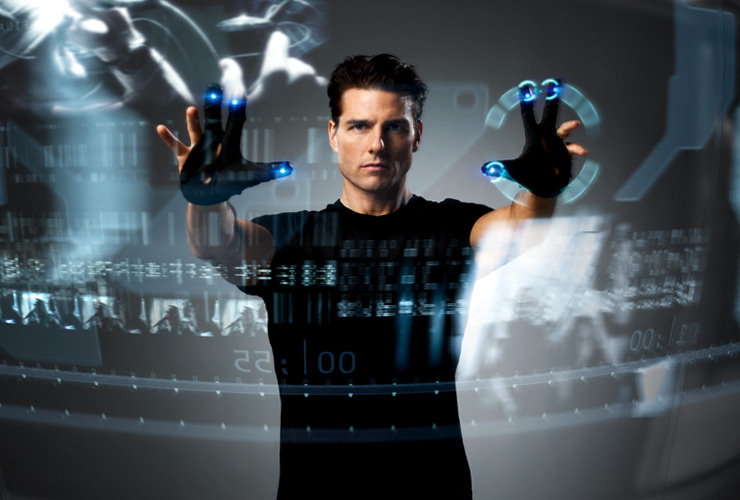
Microsoft Kinect seems to be popping up everywhere and is definitely a topic I find myself talking about more with retail clients on projects. With the general acceptance now of the Kinect on the XBox platform and with all the Kinect game titles, people are beginning to understand gesture based interactions. Plus with the new Kinect Xbox applications such as TMZ and iHeartRadio, that I have worked on these interactions are moving beyond games towards application experiences. The next logical question we are addressing now is what comes next and how might we use this device in the consumer space, other than what Microsoft has planned for the technology on Xbox. Clients now are coming and asking how they might get in on the Kinect buzz and incorporate it in their retail space. We have all seen the research and hacking projects that people have already started making using Kinect, such as controlling helicopters and making shadow puppets, the reality though is how can these ideas translate into an in-store experience. Before I get into that let's outline some of the considerations that need to be given to a general Kinect interaction.
Give me some space, please.
The first thing to understand about Kinect is that it needs more space than a standard touch Kiosk. Ideally it should have a dedicated area for the interaction that allows for someone, or maybe a few people, watching or interacting, to be standing around and most likely be waving their hands about, 8-12ft is not unusual. So depending on the overall experience you are trying to create you may want to think how it can work in your retail environment, especially if space is an issue.
What you need to be careful of is anyone that is just trying to passively shop and maybe wants to pass by the display isn't inadvertently sucked into the interact zone. You should make sure they aren't going to interfere with the Kinect camera, breaking the experience for someone else and more importantly doesn't end up getting a slap to the face by a energetic consumer already in the zone. I think, as the examples below shows, that Best Buy and Microsoft Store, do a good job of defining a space for the interaction and making it clear to passersby not to enter the "interact zone" with the use of colored carpet and a small wall at the back of the zone to allow people to pass in safety. The Microsoft store places the experience at the back and at the front of the store in dedicated areas out of the way. The individual using the Kinect can also see where they are meant to stand and move and not have to worry about bumping into people. This keeps everyone aware of their place in the interaction or not.
Consideration also needs to be given to the height of the camera, it is optimal to have the camera at about waist height to allow for tall and short people(think children) but it can also be placed in other locations but it can affect it's visual zone or picking people's full bodies up for the tracking.

Get Moving.
Next consideration is to the interactive experience that best suits a Kinect device. The Kinect camera is not at this point as sensitive to body detail as you might expect, it at this time cannot pick up for example individual fingers and facial details without some modifications or custom work, that is not to say it cannot be done or isn't being worked on by others. The out of the box experience is much more about skeletal tracking. Below shows an example of what the Kinect sees and interprets to make the interactions. As can be seen it is basically a skeleton stick figure.

This means that the interactions are all about moving parts of your body, hence the warning about space for people to move. The motion tracking is really very good and fast, very little delay. The real issues arise in what gestures work best and are most easily picked up by the camera.
I have found that big exaggerated gestures are easiest to learn and use for the camera and the user. Something like swiping your right arm from far right to left (or vice-versa) or raising you arm in front of you. Lifting you legs and leaning also work well. These gestures really benefit from short animated tutorials with the experience or some clue to what the interaction needs to be with arrows for example. Things get a little difficult when you try spinning around or standing sideways, the camera tends to get confused when parts of the body overlap, it can make the skeleton jump around and get a little funky. We have found that we can make these harder interaction work by placing the camera off center but this starts using more space and makes the arrangement more awkward for a tight retail environment. We even worked out some solutions using two cameras but that we found works best for autoshows where space isn't an issue.
With that in mind the interactions for Kinect are best for big interactions versus very detailed and intricate manipulations at this time, we are not quite at the level that "Minority Report" has filled our heads with, but I am sure we will get there. Still you can come up with some neat interactions and designs using these limitations. An important thing keep in mind is that many people do the same action differently. Just asking anyone to swipe in front of them and see how many ways different people do this action, so every interaction should be considerate of interpretation, by the individual. Allow for the gesture not being recognized the first time by the device, make the user feel compelled to try again and try to minimize frustration.
So now we understand the basic requirements of Kinect the really interesting next phase is how we might use this platform to improve a retail experience for consumers. Where does Kinect find a natural fit?
Kinect with Consumers
Kinect was of course designed to be used as an entertainment device for the Xbox, and that is where it excels in its experiences. Those experiences that consider it's origins seem to perform best. People like moving around and it makes them generally happy to do so, hence it's great success in the game sector.
However, people don't like to look like fools in front of others, and nothing is going to make you look more foolish than the wrong experience in the wrong environment at the wrong time. This means that this device and it's interactions can create amazing marketing and in-store experience but chose the experience carefully. Careful consideration needs to be given to the consumers you are targeting and where you position this interaction, as well as, what you goal is in getting people to use this gesture kiosk. For example, of course children are happy to jump about and be energetic interacting with Kinect, but older people less so. I would say the safest bet is to think about what supporting role a Kinect can play in a retail environment as either an extension of a marketing campaign or as a concentrated interactive experience. I wouldn't for example recommend thinking of the Kinect experience like you might a touchscreen kiosk and start product browsing your entire catalogue and filtering results.
Because Kinect is often setup with a large display, remember people will be 6-8ft from the screen for the camera to do full body tracking the content needs to work at distance. I would even say that the bigger the display the better to not only allow others to notice the experience from across the store but also as it gives a wonderful sense of control moving larger than life objects and keeps with the entertainment factor. This means you need to think more like a billboard designer than a touch screen. Content needs to be big and have nice large target zones for interactions to occur. It is a little like designing for mobile and finger interactions scaled up. Density of buttons should be very light and spread out. I would suggest 10 or less items on the screen at anyone time, and definitely people are not going to be reading product descriptions at this size, leave that for the touch kiosks, or mobile users.
Something else I should add, is that Kinect also does voice detection and can be setup to recognize certain key-phrases, I won't go into details here, as voice activation and use can be difficult in noisy environments such as most retail stores. Of course, if your retail environment is quiet and maybe more exclusive this can be a great way to also interact with the device commanding things with your voice.
So where to use it?
I would suggest studying your consumers interacting with your store and watching where there might be a good fit for a device that creates dwell time and think about the interference with regular shoppers doing ordinary shopping. I would also be considerate of products that you sell in-store that would benefit from a motion based interaction like Kinect. Looking for screws in a hardware store or finding a pair of shoes may not be the best product to target with this experience. Kinect will never replace the value of actually trying something on or make easy a entire catalogue browsing experience. I also would not recommend using it as a store map experience, it would be difficult to have multiple users and probably prove more frustrating to get to what you were trying to achieve than just using a more standard kiosk.
Where Kinect excels is in enhancing an experience of a product as say a virtual mirror allowing uses to do things they couldn't ordinarily such as see the back of themselves or change their environment they see themselves in. So changing rooms would be an ideal experience, as well as quite private for someone whom might be self conscious about showing off.
I recently worked on a compelling example of one use for Kinect that allowed a consumer to browse and try a "virtual" 3D Nissan Pathfinder, that hadn't yet gone into production. The model was detailed enough to show all the details and features of the car, as well as, change color and walk around the car in real-time inside and out. These beyond reality experiences work well with Kinect and with a supporting interaction such as touch kiosk for more detailed browsing and interaction can be very pleasing to use and create social buzz.
In summary, Kinect is a new and exciting development in technology, it offers yet another way to interact and leave an impression with consumers. At this point its value is in extending a brand with an entertainment factor, it can engage with a consumer and offer a great way to see things beyond a physical product. Most people we have watched using this interaction have enjoyed the difference it brings and will often encourage others to get involved. It reminds me a lot of chimps watching each other and learning something new, people like chimps are inherently social animals and Kinect is a public and social experience, it works well to produce crowds and giggles. I hope that this article gives a little insight to some of the realities of Kinect for retail but also some of the possibilities. As the technology gets more accurate and better the experiences are likewise going to improve and be even more engaging to use. I am looking forward to where my clients want to go with it.
